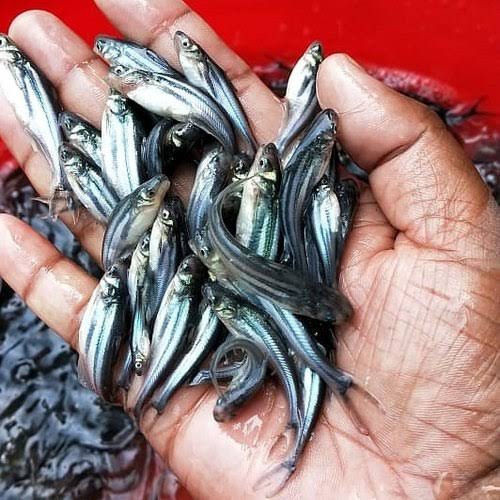Pangasius farming has become a significant contributor to the global aquaculture industry, thanks to its high yield and market demand. To ensure a thriving and profitable pangasius farm, it is essential to follow best practices and meticulous planning. Here’s a detailed guide to help you achieve success in pangasius farming.

Here are some tips to help you achieve a thriving pangasius farm:
1. Site Selection
- Water Quality: Ensure the water source is free from pollutants and has good oxygen levels. Regularly monitor pH, temperature, and dissolved oxygen.
- Accessibility: Choose a site with easy access to roads for transporting feed and fish.
2. Pond Preparation
- Size and Depth: Ponds should be at a depth of 1.5-2 meters to provide enough space for the fish.
- Pond Lining: Consider using pond liners to prevent seepage and maintain water quality.
- Bottom Soil: Ensure the pond bottom has a good quality clay or loamy soil to retain water and support aquatic plants.
3. Water Management
- Water Exchange: Pangasius does not require a regular exchange of pond water to prevent stress, ideally 10-20% of the total water volume on exchange days.
- Filtration: Install filters to remove impurities and ensure a clean environment.
4. Stocking
- Fingerlings: Source high-quality, disease-free fingerlings from reputable hatcheries.
- Stocking Density: Maintain an optimal stocking density of 20-25 fingerlings per square meter to avoid overcrowding.
- Acclimatization: Acclimatize fingerlings to pond conditions before release to reduce stress and mortality.
5. Feed Management
- Quality Feed: Provide nutritionally balanced, high-quality commercial feed. Pangasius does not require high protein in their diet.
- Feeding Schedule: Feed 2-3 times daily, adjusting the quantity based on the fish’s appetite and growth stages.
6. Health Management
- Biosecurity: Maintain strict biosecurity measures to prevent disease outbreaks, including controlling access to the farm and disinfecting equipment.
7. Harvesting
- Timing: Harvest when the fish reach the market size, typically 1-2 kg, which usually takes 6-8 months.
- Method: Use appropriate netting methods to minimize stress and injury to the fish.
- Post-Harvest Handling: Ensure proper handling and immediate chilling of harvested fish to maintain quality.

8. Record Keeping
- Documentation: Maintain detailed records of stocking dates, feed types and quantities, water quality parameters, and health management activities.
- Analysis: Regularly analyze records to identify trends and areas for improvement.
9. Sustainability Practices
- Eco-Friendly Practices: Use sustainable farming practices to minimize environmental impact.
- Waste Management: Implement effective waste management systems to handle fish waste and prevent water pollution.
10. Training and Research
- Continuous Learning: Stay updated with the latest aquaculture techniques and research.
By adhering to these guidelines, you can enhance the efficiency and profitability of your pangasius farming operations.
Reach out to us for further enquiries on 08034098554, 08164193888 or visit our website on www.aquapetventures.com or follow us on our social media pages; Facebook, instagram, Linkedin and Youtube @Aquapetventures.
Very educative.
Good evening.Please using the concrete tank,does one need to add clay or loamy soil?I guess this only applies to the earthen pond.Please clarify.
You don’t need to add any soil to the concrete thank